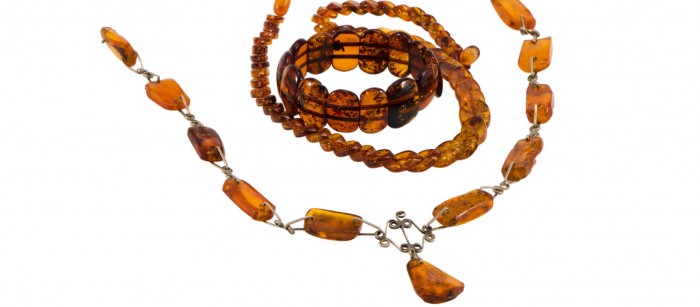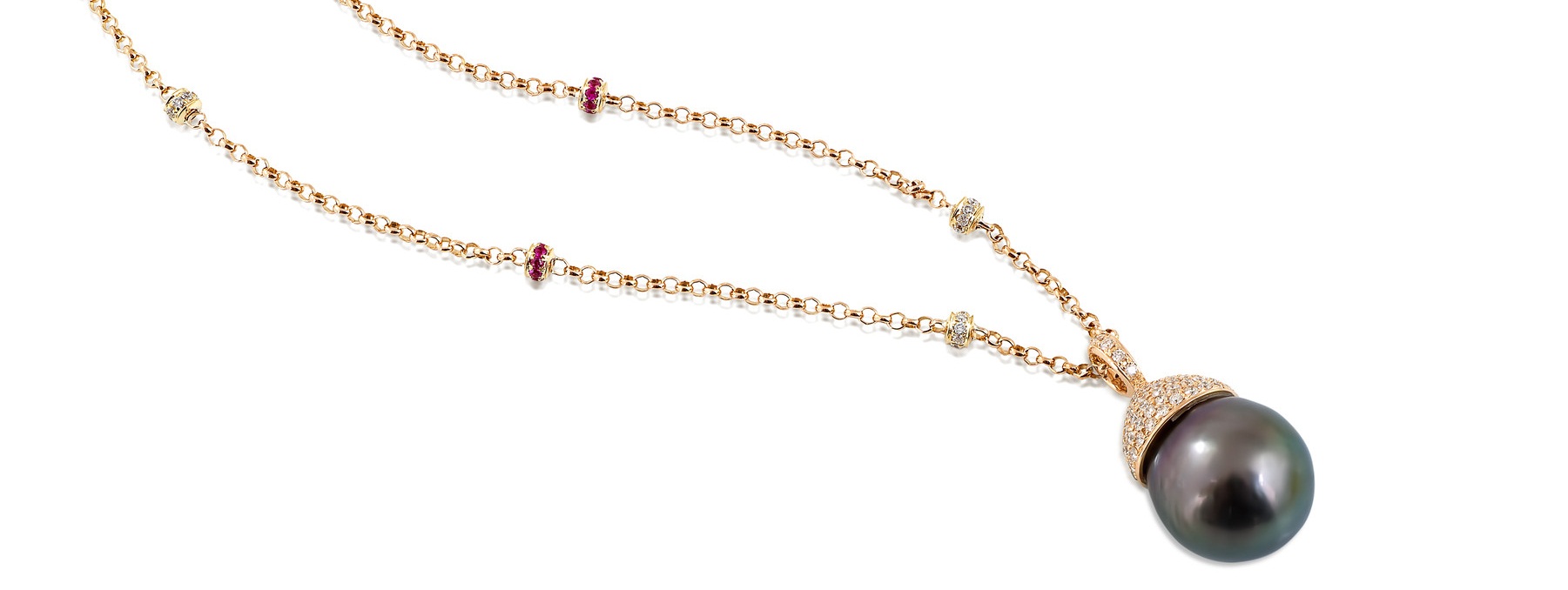Anatomy of Jewelry: Different Terms from Bracelets, Rings, to Necklaces

The most you probably take into consideration when it comes to the anatomy of jewelry is just trying to figure out how the different clasps work to be able to put on and take off an intricately designed bracelet or necklace on your own. However, it can be very helpful to know the exact names of the different parts for pieces of jewelry for different scenarios such as visiting a jeweler and looking for an exact style of a ring. Become a pro at jewelry with a closer look at the different terminology for necklaces, bracelets, and rings.
Clasps
The two most common clasps for bracelets and necklaces are most likely the spring ring and the lobster claw clasps. The spring ring clasp opens with a lever and pressure mechanism to keep the spring shut until the lever is pushed. Lobster claw clasps have the same lever and spring mechanism as the ring spring, but because of the shape, they are much easier to grasp and connect jewelry than with the circular shape of the spring ring.
Another design is the box clasp which can be just as intricate and beautiful as the rest of the piece of jewelry. A box clasp can be opened by pushing an exterior lever so that the piece of metal in the box can slide out of the opening. To close it, just simply push the metal piece back inside. Box clasps probably aren’t as common as spring ring and lobster clasps because they are not quite as secure. To fix this problem, a safety guard can be added on to the piece to securely lock it in place.
Toggle clasps include a circle or other shape with a hole in the middle at one end of the necklace or bracelet and a “T” at the other end. To lock it, simply put the “T” through the hole and adjust it so that it fits over the opening and will not fall out. A barrel clasp twists two separate pieces together and is very easy to open and close compared to the lobster and spring ring clasps.
Chains
There are endless different chain styles that can be a part of necklace or bracelet including cable, curb, long & short variation, or rope to name just a few. Cable chains can alter with different sizes and lengths of circles. Curb chains have an overall twisted appearance. Long and short chains are the perfect example of chains with altering sizes to enhance the appearance of a piece of jewelry. Rope chains have a braiding pattern and such type is referred to as the French rope chain. The French rope appears to have a spiral lying look, almost link it will dwindle downwards.
For necklaces, depending on the length and style of the chain, there will be different names for each as well:
- Choker-very short chain around the neck at 14 to 16 inches in length
- Princess-slightly longer than a chocker at 18 to 20 inches
- Matinee- a very long and usually single strand necklace from 22 to 23 inches
- Opera and rope necklaces that lay on top of the breastbone or longer
- Lariat necklaces are song long that they are often looped or knotted when worn
Anatomy of a necklace
To hold the different gemstones or charms on a necklace, there are several different parts for all kind of shapes and sizes. The 2-prong ball with loop or bell cap is able to help the gemstone in place as it hangs down. If beads or charms are included in a set, crimping beads which look like normal pieces of jewelry, are used to keep all of the beads in place.
Anatomy of a ring
Bracelets and necklaces may come with a variety of different clasps and chains, but when it comes to the different parts of a ring, everything is pretty straight forward from one piece to the next. Starting with the shank, this is considered the band of the ring where you can add an engraving on the inside, but the size of the head and gemstone determines its overall size. A split shank is designed to include two or more rows of bands. The mounting is included in the band of the ring and is the metal composition where a design or other gemstones can be included on the outside. The head (aka prongs or bezel) is located on top of the shank and is where the gemstone is securely set on the ring.
Now that you know more about the different pieces that make up your jewelry, the next time you go to a jeweler, you’ll know exactly what you’re looking for at the store. From the clasp, chain, and other parts you can distinguish different pieces from each other. Now you just need to know more about the different types of gemstones that are set in the different pieces of jewelry!
You may also like ...
- Stay Stylish As You Travel: Jewelry Packing Tips
- Just How Well Will A Jewelry Cleaning Recipe Work? The Best Methods To Try To Clean Gems At Home
- Top Household Jewelry Cleaning Tips For Silver Jewelry
- Fun Jewelry Trends For Fall 2013 To Amp Up Your Style
- How To Choose Jewelry For Sensitive Skin
- How Are Synthetic Gemstones Made And How Are They Different?














